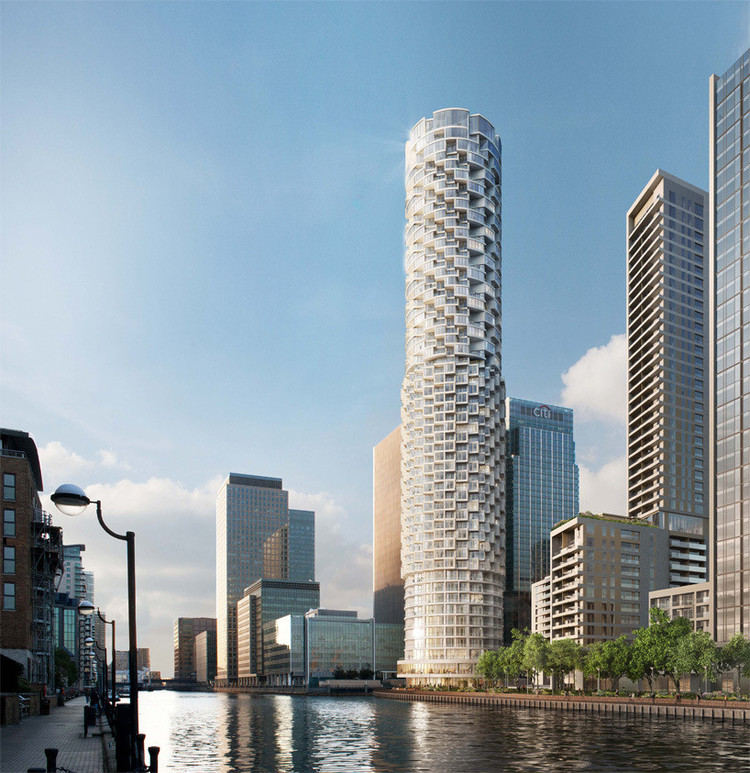
The Royal Institute of British Architects (RIBA) have revealed that Dame Zaha Hadid will receive the 2016 Royal Gold Medal — the first sole woman to be awarded the UK's highest honour for architects in her own right. Previous female winners (Sheila O’Donnell in 2015, Patty Hopkins in 1994, and Ray Eames in 1979) were each recognised alongside their husbands and practice partners.
Given in recognition of a lifetime’s work, the RIBA Royal Gold Medal is approved personally by Her Majesty The Queen and is awarded to those who have had a significant influence "either directly or indirectly on the advancement of architecture." Other notable Royal Gold Medallists include Frank Gehry (2000), Lord Norman Foster, Baron of Thames Bank (1983), Ludwig Mies van der Rohe (1959), Le Corbusier (1953), and Frank Lloyd Wright (1941). The medallists' names are engraved into the marble wall at the RIBA's headquarters in London.


_Keith_Collie_05.jpg?1441656171)










_Alan_Williams_4.jpg?1436984252)
_Edmund_Sumner_2.jpg?1436983825)
_Hufton___Crow_3.jpg?1436984036)
_Hufton___Crow_11.jpg?1436984174)
_David_Grandorge_3.jpg?1436983553)


.jpg?1434614849)

.jpg?1434051501)
.jpg?1434051743)
.jpg?1434051645)
.jpg?1434051783)
.jpg?1434051823)
